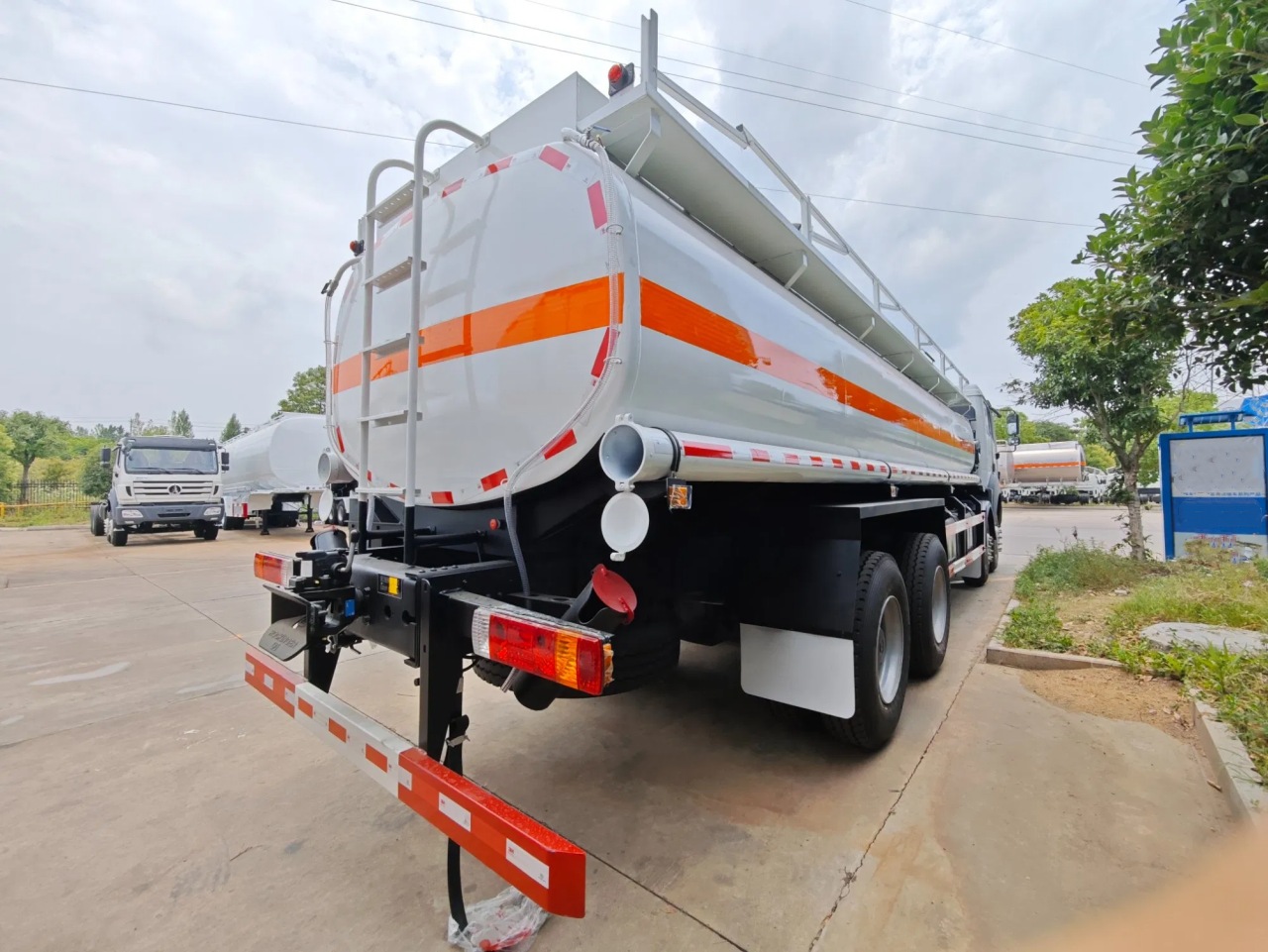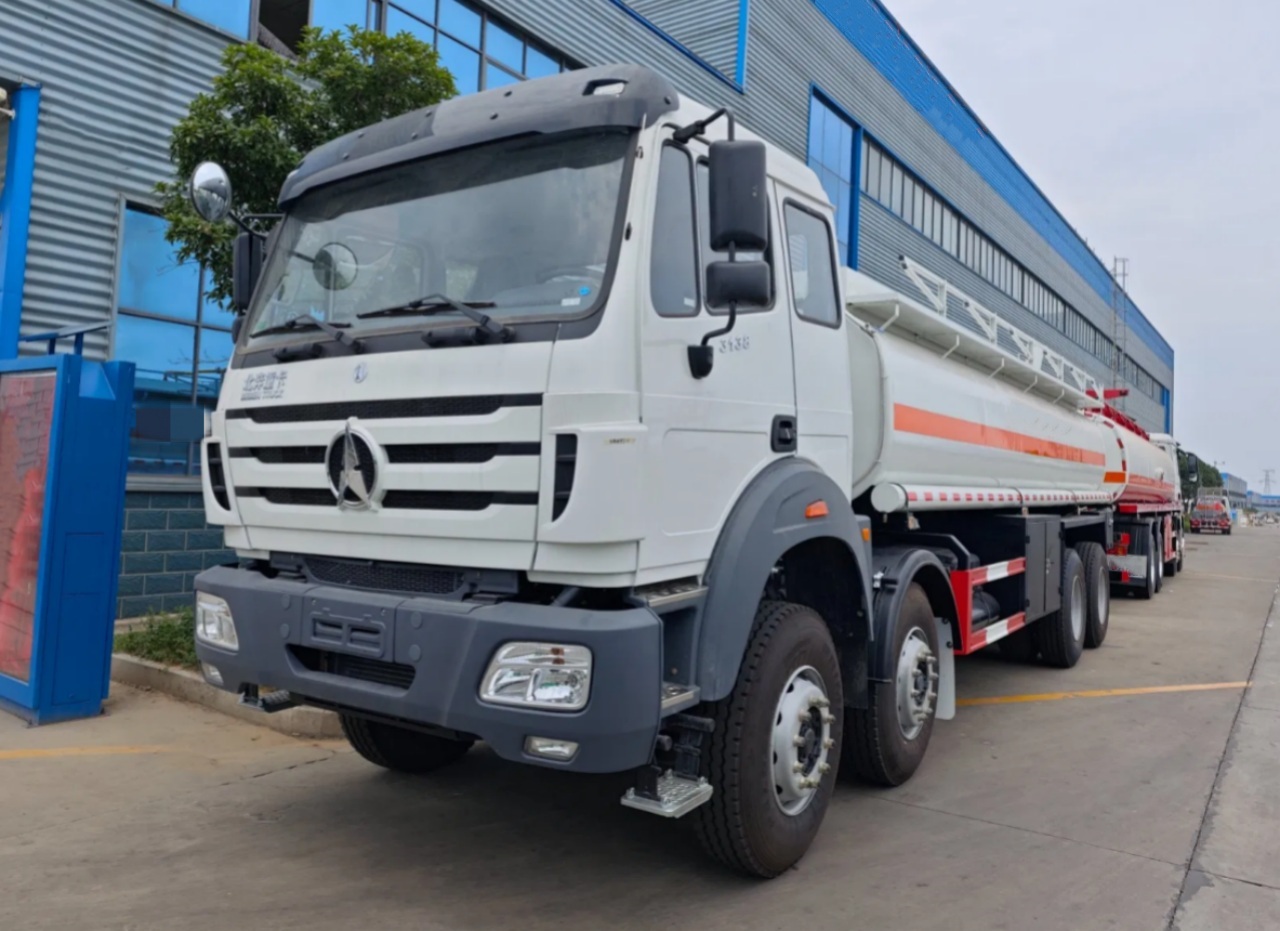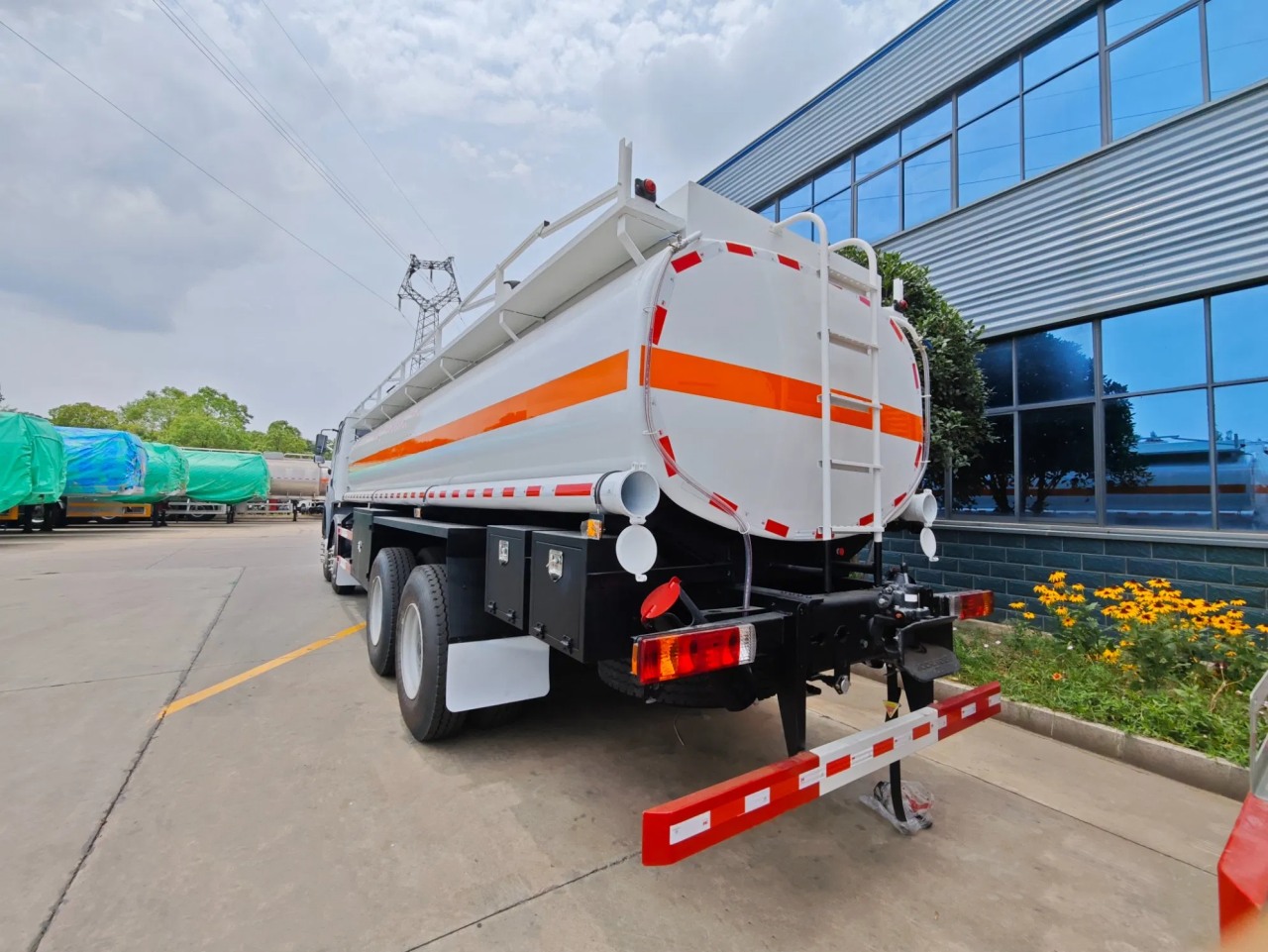Fuel delivery trucks are an essential part of the energy supply chain, responsible for transporting various types of fuel, such as gasoline, diesel, aviation fuel, or heating oil, from refineries or terminals to gas stations, industrial sites, or end users. One of the most important specifications of a fuel delivery truck is its capacity, as it determines how much fuel the truck can transport in a single trip. Understanding the capacity of these vehicles helps in logistics planning, cost estimation, and operational efficiency in the fuel distribution sector.
In this article, we will explore the different capacities of fuel delivery trucks, the factors that affect capacity, the types of fuel trucks in use, and the regulations governing their design and use.
Types of Fuel Delivery Trucks and Their Capacities
Fuel delivery trucks come in various sizes and configurations, depending on the application and the region in which they operate. Broadly, they can be categorized into light-duty, medium-duty, and heavy-duty fuel trucks. Each category corresponds to different fuel capacities and use cases.
1. Light-Duty Fuel Trucks
These are the smallest fuel delivery vehicles, typically built on light or medium-duty commercial truck chassis. They are commonly used for local fuel delivery or in urban environments where access is limited.
- Capacity: 500 to 1,500 gallons (approx. 1,900 to 5,700 liters)
- Applications: Residential heating oil delivery, refueling construction equipment, or small-scale commercial fuel supply
- Features: Compact tank bodies, often divided into compartments to carry different fuel types or grades
2. Medium-Duty Fuel Trucks
Medium-duty fuel delivery trucks are larger and have more robust construction. These trucks can operate in both urban and suburban areas and are often used by fuel distributors for routine deliveries.
- Capacity: 2,000 to 4,000 gallons (approx. 7,600 to 15,000 liters)
- Applications: Gas station resupply, mid-sized commercial deliveries
- Features: Multiple compartments, reinforced steel or aluminum tanks, advanced metering and pumping systems
3. Heavy-Duty Fuel Trucks (Tankers)
These are the large highway tankers commonly seen on major roads. They are designed for long-haul delivery of large quantities of fuel and are usually semi-trailer configurations.
- Capacity: 5,000 to 11,600 gallons (approx. 19,000 to 44,000 liters)
- Applications: Transporting fuel from terminals or refineries to regional distribution centers, airports, or large commercial clients
- Features: Multiple compartments (usually 3 to 5), high-flow pumping equipment, emergency safety systems, and DOT-compliant construction
Factors Affecting Fuel Truck Capacity
The actual capacity of a fuel delivery truck is determined by several factors beyond just the size of the tank. These include:
a. Vehicle Size and Axle Rating
The gross vehicle weight rating (GVWR) and the number of axles influence how much liquid weight the truck can legally carry. Liquid fuel is heavy—gasoline weighs around 6.1 pounds per gallon, while diesel weighs about 7.1 pounds per gallon. As a result, the design of the vehicle must accommodate both the volume and weight of the liquid cargo.
b. Tank Design and Material
Fuel delivery tanks are typically made of aluminum, stainless steel, or carbon steel. Aluminum is preferred for its lighter weight, which allows for a larger volume to be carried without exceeding weight limits. The tank shape (elliptical, cylindrical, or double-conical) also affects capacity and stability during transport.
c. Number of Compartments
Most fuel delivery trucks feature multiple compartments in their tanks. This enables the delivery of different fuel types (e.g., regular unleaded, premium gasoline, and diesel) in 1 trip. While the total volume remains the same, the presence of compartments introduces internal baffles that reduce sloshing but also slightly reduce usable volume.
d. Local and Federal Regulations
Each country or region has regulatory limits on vehicle size and weight. For example, in the United States, the federal gross weight limit for vehicles on the interstate system is 80,000 pounds without special permits. This restriction influences how large a tank can be and how much fuel it can carry.
Common Fuel Truck Configurations and Their Capacities
Here are some standard configurations found in the industry:
| Truck Type | Axles | Approx. Capacity (gallons) | Use Case |
|---|---|---|---|
| Light-duty Bobtail | 2 | 1,000 – 1,500 | Heating oil or small fuel deliveries |
| Medium-duty Bobtail | 3 | 2,500 – 3,500 | Local gas station delivery |
| Tractor-Trailer Tanker | 5+ | 7,000 – 11,600 | Long-distance highway transport |
| Aviation Fuel Tanker | 4–5 | 5,000 – 10,000 | Airport fuel logistics |
| Off-road Fuel Truck | 2–4 | 500 – 2,000 | Mining and construction refueling |
Operational Considerations for Capacity
Fuel delivery isn’t just about the size of the tank. Efficient operations depend on maximizing payloads while maintaining safety and compliance. Here are a few operational factors linked to capacity:
- Loading Efficiency: Trucks rarely carry the exact capacity listed. They are usually loaded up to 95–98% of their rated volume to allow for fuel expansion.
- Fuel Type Density: Different fuels have varying densities. A tank filled with diesel will weigh more than the same volume of gasoline. This affects how much can be legally transported.
- Compartmentalization Strategy: Drivers often deliver partial loads to multiple customers. Smart compartmentalization ensures product purity and faster offloading.
Regulatory and Safety Requirements
Fuel is a hazardous material, and trucks transporting it must comply with hazmat transportation regulations. These rules impact how tanks are constructed, maintained, and operated:
- DOT and EPA Regulations: In the U.S., the Department of Transportation (DOT) and Environmental Protection Agency (EPA) oversee tank truck safety standards.
- UN/DOT Tank Codes: Tanks are assigned codes (e.g., DOT 406) that specify pressure resistance, materials, and usage.
- Spill Prevention Measures: Trucks must have spill containment features, emergency shut-off valves, and grounding systems to prevent static discharge.
Conclusion
The capacity of a fuel delivery truck varies significantly depending on the truck’s design, its intended use, and the regulatory environment. From small 500-gallon service trucks to massive 11,600-gallon highway tankers, these vehicles are engineered to safely and efficiently deliver vital fuels across the globe.
When selecting or analyzing a fuel delivery truck, it’s essential to consider not just how much it can carry, but also how it fits within the broader fuel logistics framework. A well-suited truck ensures timely delivery, regulatory compliance, operational safety, and cost-efficiency—critical elements in today’s fuel distribution industry.





